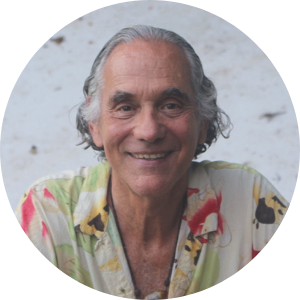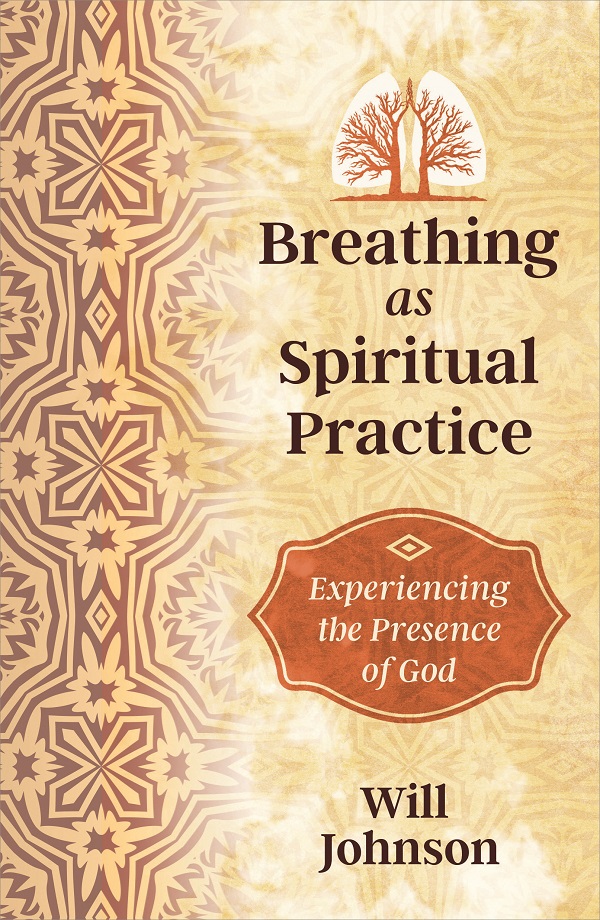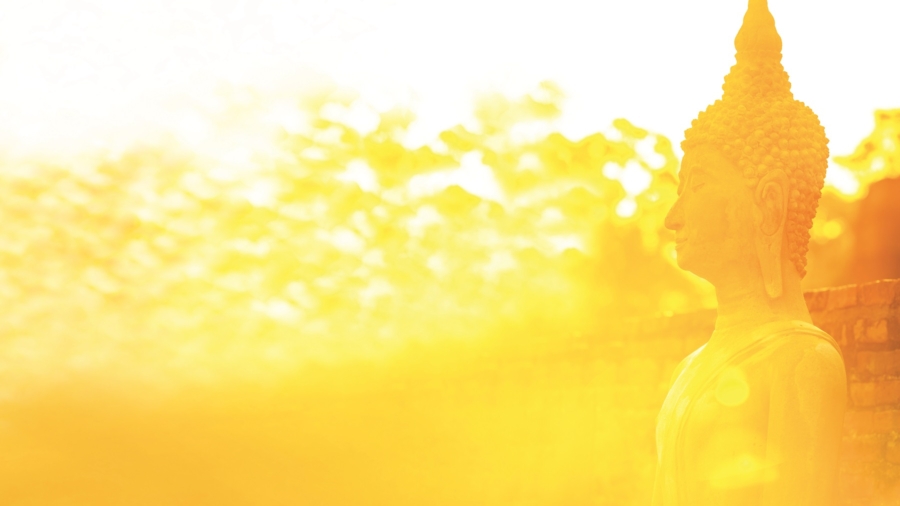This feature was originally published in Watkins Mind Body Spirit magazine, Winter 2021 (issue 64).
by Will Johnson
Imagine for a moment a substance capable of elevating you to the highest dimensions of consciousness. Not only is it free, legal, and completely natural, it’s available to you every moment of your life. Once you knew about it, wouldn’t you want to consume it immediately without any hesitation?
The good news is that I’m not talking science fiction. Such a substance very much exists: it’s the oxygen in the air we breathe.
“But,” you say, “breath is with us all our lives. How come I’m not experiencing the transformation you’re suggesting is possible?”
“Yes,” I answer, “breath is our constant companion through life. The problem is not one of availability, but of how you take breath into your body. We all breathe but we rarely ever breathe in such a way that it can work its magic.”
The quality of consciousness that passes as normal in the world at large—a consciousness that is often lost in thought and out of touch with felt presence, that primarily conceives of itself as an entity named “I” eternally separated from everything it perceives to exist outside the physical boundary of the body—depends on the suppression of breath. We take in enough oxygen to keep our bodies alive, but we hold back from opening to a breath so full and relaxed that we’re transported beyond our conventional self into an altogether natural higher realm of being, perception, consciousness.
The Buddhist world, in which I primarily teach, is admirably obsessed with bringing breath to awareness. Breath is such an automatic function. It goes on whether we’re aware of it or not so why pay it any attention at all? The popular Buddhist response to this question is that through paying attention to the eternal cycle of inhalation and exhalation we ground ourselves in the experience of the present moment, calm the ongoing parade of random and unbidden thoughts, and in this way liberate ourselves from our imprisonment inside a mind that has forgotten its divinity. And so the historical Buddha, as recorded in the Satipatthana Sutta, exhorts us first of all simply to become and remain aware of the breath as it goes in and out of the body. The Buddha also tells us to restrict our awareness of breath’s passage to the front of our body, and the two most common interpretations of this statement have us focusing all our attention either at our nostrils where we feel breath enter and leave or at the front belly wall where we sense breath causing the belly to expand slightly on the inhalation and retract on the exhalation. This constant observation of breath is the pillar of most Buddhist practices. It’s where most practices of breath awareness both begin and end. However, this isn’t where the instructions on breath end.
A few short sentences later, the Buddha makes an altogether extraordinary statement. Keep on exploring the passage of breath, he says, and as you do your awareness of it will become not only increasingly sophisticated and refined, but expanded as well – so expanded in fact that you naturally come to a place that you find yourself not just focusing your attention on one small part of the body but experiencing how breath can be felt to involve, touch into, wake up and stimulate the entire body. What began as a simple observation of breath’s passage through a narrowing of focus evolves naturally into a dynamic surrender to its potency and force as felt through the whole body.
“So long as we remain completely oblivious to our breath, we not only stay locked in our suppression of it, we remain unaware that we’re even suppressing it”
In the teaching that I do, I focus more on this culminating breathing instruction “to breathe through the whole body.” Yes, the bringing of breath to awareness always begins with the simple observation of its passage, but I don’t want to just remain aware of a breath that’s restricted, contained, and suppressed. I don’t any longer want to just be impeccably aware of a breath whose potency I’m unconsciously suppressing, restricting, holding back. As wonderful as is mindful awareness of breath, it’s not the end in itself and can remain but a renovation of your prison cell if you’re still not opening to the expanded awareness of breath the Buddha is suggesting.
“Bringing breath to life is the essence of every true religion,” says Rumi, and this is exactly what the Buddha is suggesting as well when he tells us to breathe in and out through the whole body. Breath gets larger. It gets fuller. It goes deeper.
To bring breath to life three things are necessary. First, you need to awaken the tactile web of minute vibratory pin-prick blips and wavelets of sensation that can be felt to permeate the whole body. When you’re lost in thought, you also lose touch with the body’s innate felt shimmer, and how could you possibly breathe through the whole body if you’re not even able to feel it? Secondly, awakening the felt presence of the body exposes unnecessary tensions that, brought to the surface of awareness, you can now begin to relax. Finally, and this is the most radical piece I bring to the Buddhist conversation, for relaxation to continue over time, subtle, constant, amoeba-like motions need to be felt to occur throughout the entire body in resilient response to the force of the breath that wants to pass through the body like a wave passing through a body of water. Mix these three ingredients together when you sit in meditation, and you have a very potent cocktail indeed.
So my supplemental response to the question as to why bring awareness to something that’s going to go on whether we’re aware of it or not is that so long as we remain completely oblivious to our breath, we not only stay locked in our suppression of it, we remain unaware that we’re even suppressing it. By turning our attention to the simple cycle of breath’s inhalations and exhalations, we start exposing how we unconsciously restrict and constrain it, keep it small, and keep our conventional sense of limited self safe in the process, and once we start becoming aware that we’re doing this we can start relaxing those restrictions.
From this perspective liberation can be understood as what happens when you’re able to free the breath from its imprisonment in unnecessarily still, tense, and unfeeling flesh. The deeper your natural, relaxed breath, the greater its effect on embodied consciousness. Let your body and breath come alive. Awaken sensations. Relax tensions. Be as tall as you can be but as relaxed as you can be. Feel every vertebra in the spine moving as you breathe in and out. To surrender to breath’s potency is to dissolve your small self and undergo a spontaneous entrance into the greater mystery inside.
Find out more:

Will Johnson has been a Buddhist practitioner since 1972 and a Certified Rolfer since 1976. He is the director of the Institute for Embodiment Training and teaches meditation at Bambu Hueco, his retreat centre in Las Delicias, Costa Rica. He is the author of a number of books, including Breathing through the Whole Body, The Spiritual Practices of Rumi, Eyes Wide Open, and Cannabis in Spiritual Practice.

Bookshelf
Breathing as Spiritual Practice: Experiencing the Presence of God by Will Johnson, published by Inner Traditions, paperback (160 pages).

 Cart is empty
Cart is empty 

Good post. I learn something totally new and challenging on sites I stumbleupon everyday.
It will always be helpful to read content from other writers and use
a little something from their sites.